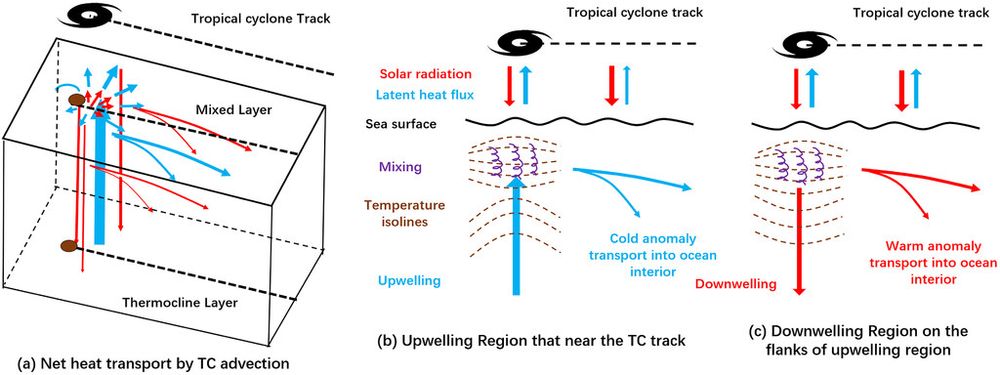@webberweather.bsky.social
4.8K followers
170 following
320 posts
Gov't meteorologist. UNCC & NCSU Alum. Specializes in Climate Dynamics & S2S variability. Opinions are my own & not a reflection of my employer.
webberweather.com
Posts
Media
Videos
Starter Packs































